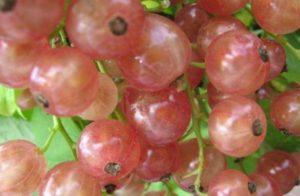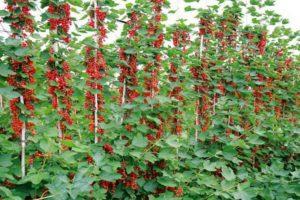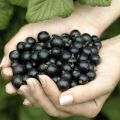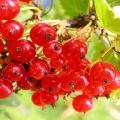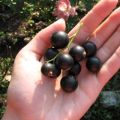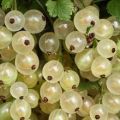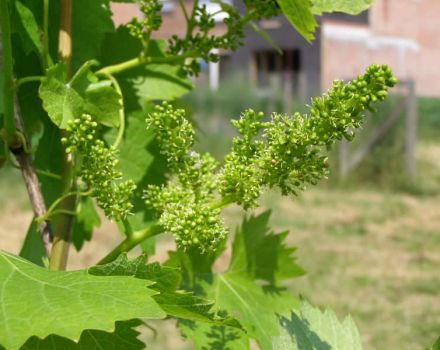For what reasons currant does not bloom and bear fruit and what to do about it
Currant is an unpretentious culture, loved by many for its pleasant taste and aroma. It is easy to grow it even for novice summer residents. The only drawback that sometimes appears when breeding currants is a decline in fruiting or its complete cessation. Let's see why black, red or white currants do not bear fruit, and what solutions to this problem exist.
Content
- 1 Table of yield rates by variety and age of the bush
- 2 How to understand that currants have a poor harvest
- 3 What reasons lead to the lack of fruit
- 4 Diseases and pests of currants that impair fruiting
- 5 How to restore fruiting
- 6 Effective ways to increase yields
- 7 How to protect currant bushes from non-yield
Table of yield rates by variety and age of the bush
If you have recently begun to plant currants in your area, and you cannot determine by eye whether the harvest is good or not, the yield table below will come to your aid.
| Variety name | Age (years) | Ripening terms | Productivity kg / bush |
| Little Prince (black) | 2 to 12 | Early maturing | 5,5 |
| Bummer (black) | 2 to 12 | Late | 2,5 |
| Exotic (black) | 3 to 12 | Early | 4,5 |
| Natalie (red) | 2 to 14 | Mid-season | 3,5 |
| Red Lake (red) | 3 to 13 | Mid-season | 4 |
| Bayana (white) | 2 to 12 | Late | 3,5 |
| Smolyaninovskaya (white) | 3 to 14 | Mid-season | 4 |
Note! The yield of currants grown in greenhouse conditions, subject to proper care, differs from the yield of ground currants by 0.5-2.5 kilograms from the average.

How to understand that currants have a poor harvest
You can determine the quality of the crop harvested from one bush by eye and by weight. The first method is available only to experienced summer residents who have been growing this culture for several years. The second can be used by anyone. This requires:
- collect berries from one bush;
- weigh them;
- compare the result with the average values typical for representatives of this variety.
Usually, a result of 1-1.5 kilograms of berries harvested from one bush is considered bad. If your indicators are close to this, then you are not taking good care of the plant.
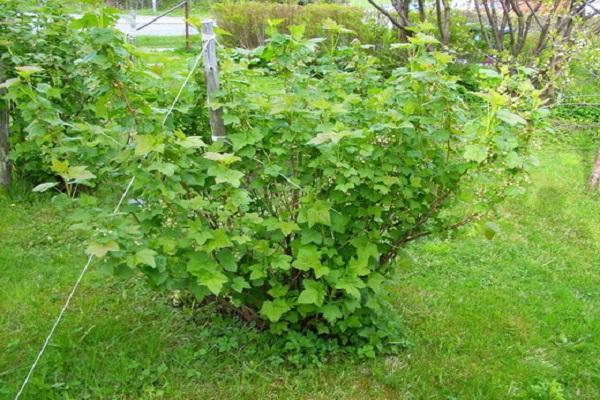
What reasons lead to the lack of fruit
There are many reasons why the yield drops sharply or disappears altogether. Here is a list of the main ones:
- climatic conditions are not suitable for this variety;
- the bushes are planted in the wrong place;
- the landings are in the shade;
- improper soil composition;
- increased acidity of the soil;
- lack of water;
- the fertilizer dose is calculated incorrectly;
- there are no natural pollinators in the area;
- the bush is too old and cannot bear fruit.
Each of these reasons can significantly reduce the quality of the crop, and needs separate consideration.
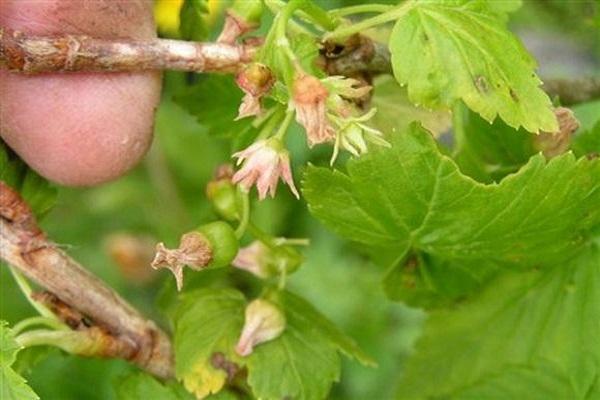
Unsuitable climatic conditions
The first factor affecting the formation and growth of berries is the correct climate. The fact is that different varieties of currants have different preferences for climatic zones. Some show good results in warm regions, others like coolness.
When buying currants for breeding, pay attention to this factor, otherwise, instead of juicy, tasty berries, you will get ordinary barren flowers. Such a waste of money and time will not be to the taste of any summer resident.
Wrong place to grow shrubs
The landing site plays a huge role in the development and formation of this culture. The optimal ratio of light and shade, moisture, soil quality - from all these indicators, in aggregate, the future harvest is formed. Many of the novice gardeners mistakenly assume that since currants are an unpretentious plant, then there is no need to care for it, and you can plant it at random. Payback for such thoughts comes in the form of bare branches, instead of an abundant amount of berries on them.
Too shady area
Currants prefer a balance between sunlight and shade. An excess of one factor or another, first of all, affects their size and taste. Bushes growing on the sunny side form sweet, but small berries. Berries grown in shaded areas are larger, but when eaten, a bright sour note is felt. Excessive solar activity or thick shade at the planting site negatively affects the development of the bush itself.
Unsuitable soil condition
Correctly selected soil composition at the planting site is the key to the successful development of any horticultural culture. Currants are no exception, and each of its varieties is picky about the soil. Dense soil that is not irrigated in the proper way will cause the absence of ovaries, on the appearance of which the volume of berries collected at the end of the season directly depends.
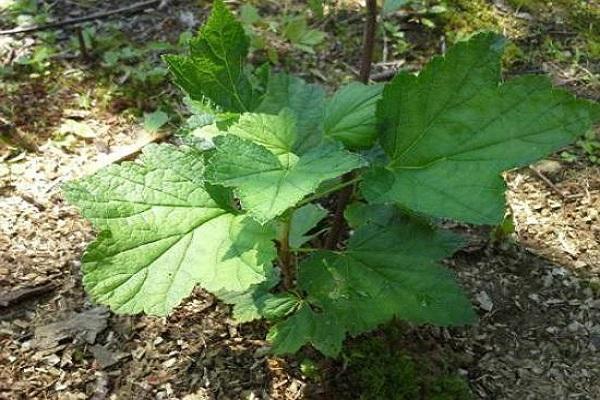
In order not to face such a problem, the land around the bush is periodically loosened and irrigated abundantly, preventing it from drying out.
Soil acidity
Before planting currant seedlings, the soil with high acidity is treated with lime. This must be done at least 1 year before planting. If everything is done correctly, then the acidity of the soil will come to an optimal indicator in a year. You should not neglect this factor, since in the future, because of it, all work can go down the drain.
Moisture deficiency
Poor irrigation is equally detrimental to all crops. If the planting of currants is deficient in moisture, this will translate into:
- slowdown in growth rates;
- lack of ovaries on branches;
- dying off of green mass;
- reducing the number of fruits.
Do not be lazy to water the ground around the bush if you have not done this for a long time. However, you should not give a lot of moisture either. Excessive water will cause the roots to rot, resulting in the death of the seedlings. Strike a balance.
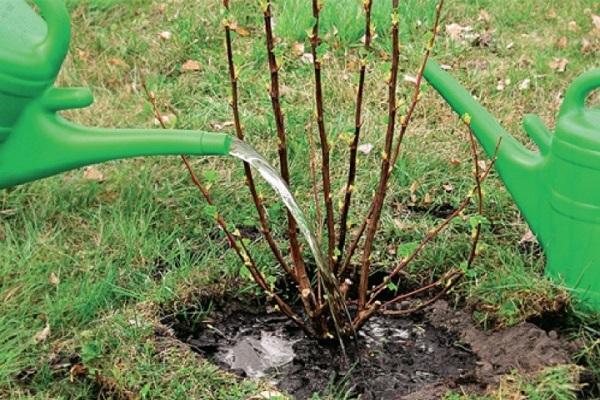
Lack or excess of fertilizer
For some gardeners, the shocking news is that a surplus of fertilizer is not good for the crop. Currant belongs to those species that prefer rare, but diverse feeding. The reason that the currants have completely stopped bearing fruit may be:
- using a fertilizer of the same type for an extended period of time;
- excessive amount of mineral fertilizers in the soil;
- poor soil composition associated with the lack of fertilizing.
Lack of pollination and pollinators
Most of the varieties are self-pollinating crops that do not depend on external factors.However, there are some bushes that cannot be pollinated on their own. If the currant does not bloom, honey flowers are planted on the site. They serve as natural intermediaries in this process, helping in the pollination process.
Note! Experienced gardeners recommend planting currant bushes of the same species in the same area, which begin to bloom at different times. This will increase the period of fruiting and the volume of the crop.
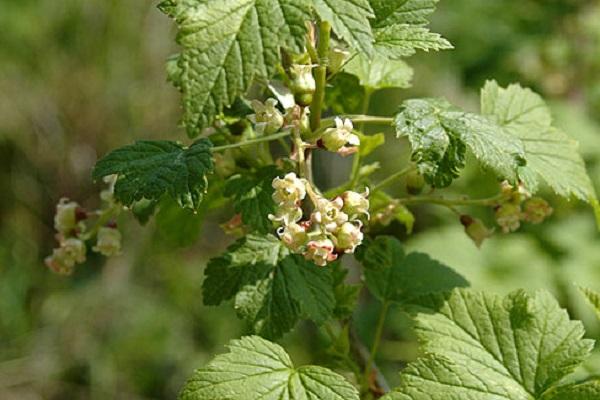
Shrub old age
The life cycle of a culture has its limitations, and the older the bush, the fewer berries it bears, since berries are not tied on old branches. Scientists have derived the following dependence of the number of berries on the age of the bush:
- the first berries begin to form on bushes aged 2 to 4 years;
- further, within 4 years, the peak of yield is observed in black currant. For white and red varieties, the peak age is 5-6 years;
- the next 5-6 years there is a decline.
The maximum age for fruiting in black currant is considered to be 12 years, for other varieties - 15 years. After this period, the old seedlings are removed and a new plantation is established.
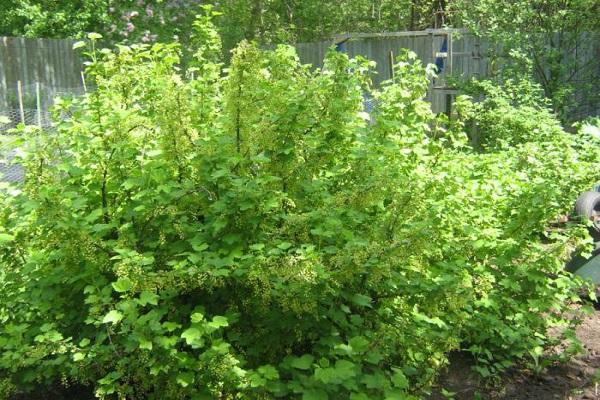
Diseases and pests of currants that impair fruiting
Negative dynamics during harvesting can be observed due to disease of the bush or pests parasitizing on it. These include:
- kidney mite;
- glass bowl butterfly;
- forest ants;
- terry or reversion;
- invasion of common ants.
At the first signs of their appearance, urgent measures must be taken, otherwise the bush will not yield a crop or even die.
Kidney mite
A parasite whose favorite delicacy is currant buds. The main sign of its appearance is considered to be the unnatural size of the kidneys. Such specimens should be plucked from the branch and burned. It is impossible to cure neglected bushes and, in order to avoid the spread of the parasite, they are dug up and then destroyed in fire. Garlic planted next to the plantation can provide protection against ticks.

Glass butterfly
A dangerous parasite that is difficult to detect visually. The first signs of its appearance include:
- dying off of the ovaries;
- leaves begin to fall off the branches.
The butterfly lives inside the shoots, making artificial tunnels there. The juice circulating inside the shoots serves as food for the glass. The affected parts must be trimmed and destroyed as quickly as possible. If it was not possible to identify the problem in time, the bush is cut to the very root.
Forest ants
Forest ants eat the flowers of the plant, which is why it ceases to bear fruit. Damaged flowers are discarded and do not participate in the pollination process. One colony is capable of destroying several bushes, therefore, when it is found, the anthill is destroyed. For this, proven folk remedies or special preparations sold in stores are used.
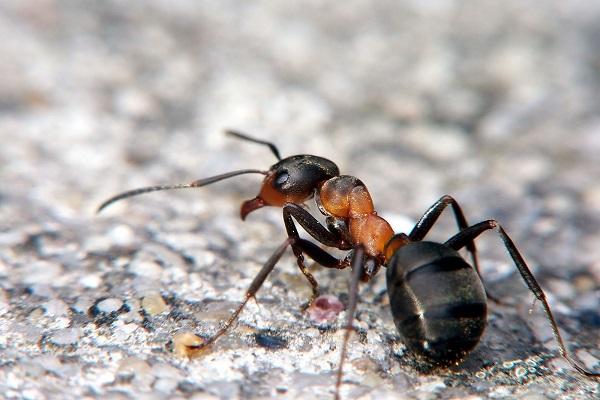
Reversal or terry
A viral disease, the carrier of which is the kidney mite. Signs of the disease:
- leaves become lethargic and thin;
- leaf color change from green to dark green or purple. The surface of the sheet is covered with bloom;
- healthy leaves give off a pleasant aroma that is absent from the affected counterparts.
The disease spreads quickly, and to eliminate it, the entire bush is burned at once.
Plague of ants
Common ants, like their forest cousins, pose a great threat to the plantation. When an anthill appears in the immediate vicinity of the planting zone, it should be destroyed. Otherwise, the flowers will be eaten and the berries will not be able to form.

How to restore fruiting
You can restore fruiting in the following ways:
- ensure timely watering;
- remove damaged parts;
- plant other varieties nearby;
- competently fertilize the soil and form a bush.
Effective ways to increase yields
To increase the number of berries that form on the branches, it is recommended:
- mulch the soil around the bushes, especially in autumn;
- the soil is periodically loosened, breaking large lumps of earth;
- water the plantation as the soil dries. Watering is especially important 2-3 weeks before and after picking berries;
- remove old, dry branches that stop growing;
- cross different varieties of currants, getting more stable combinations.
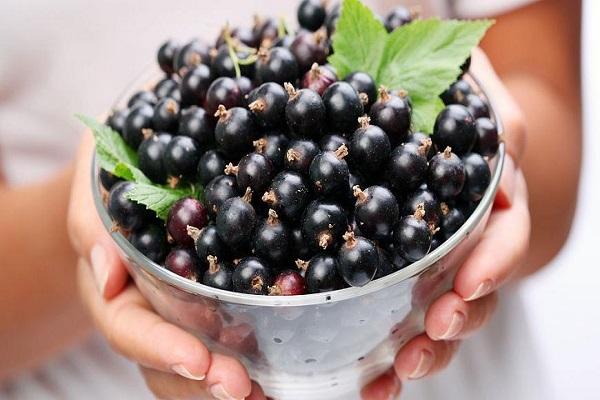
How to protect currant bushes from non-yield
To save currants from non-yield, you must adhere to the recommendations given above. With proper and timely care, the currant will thank the owner with a large harvest. And remember the main rule - currants love moderation in everything.
